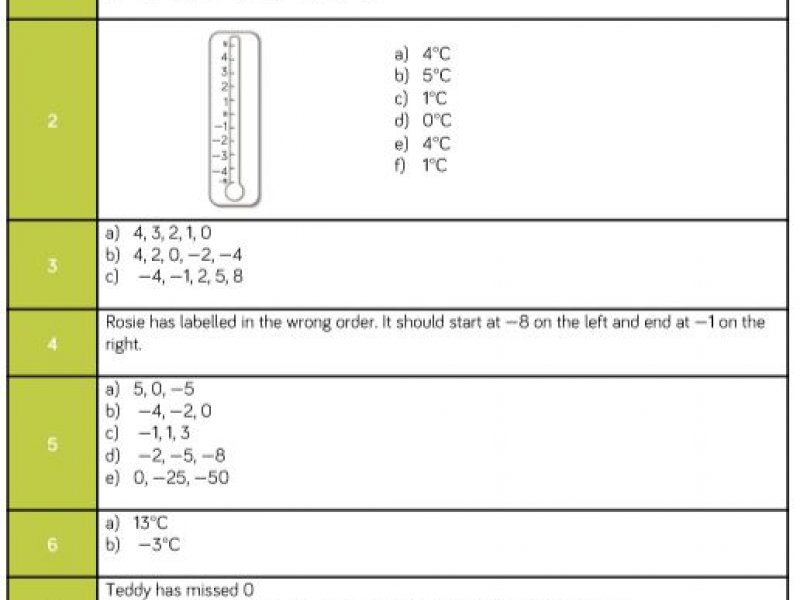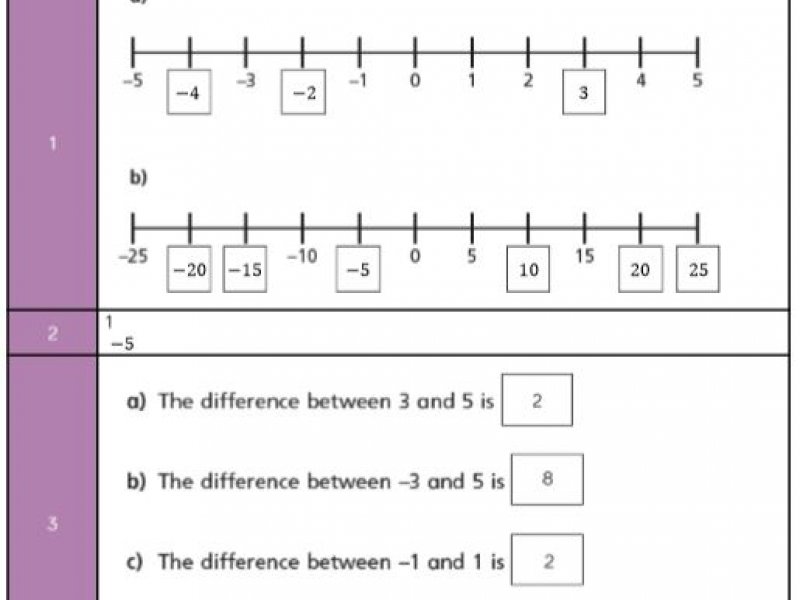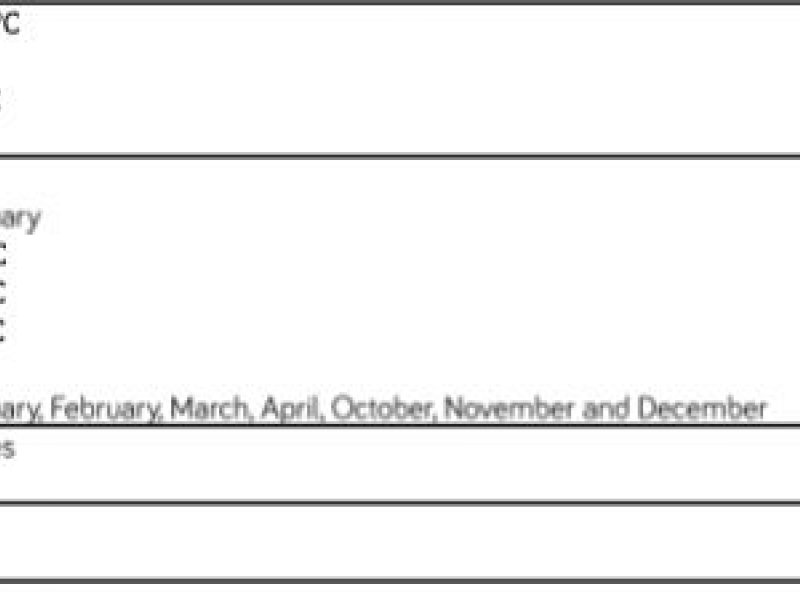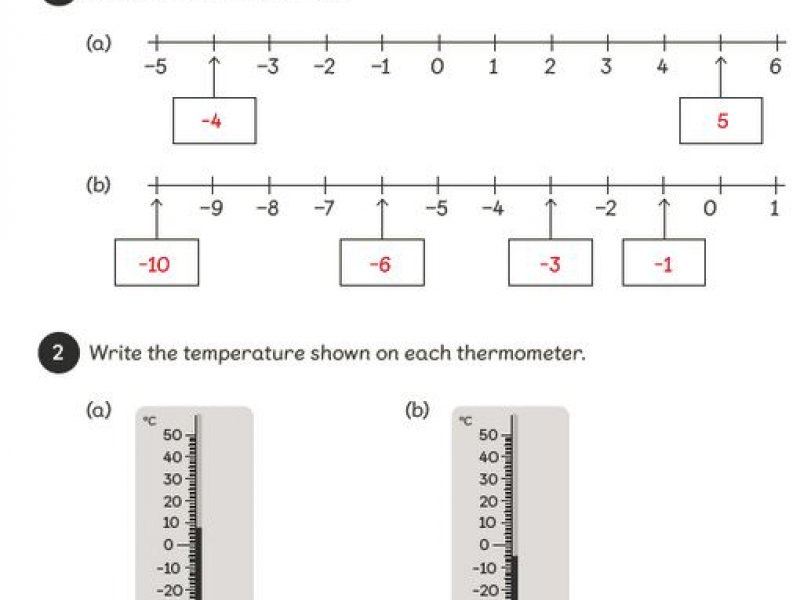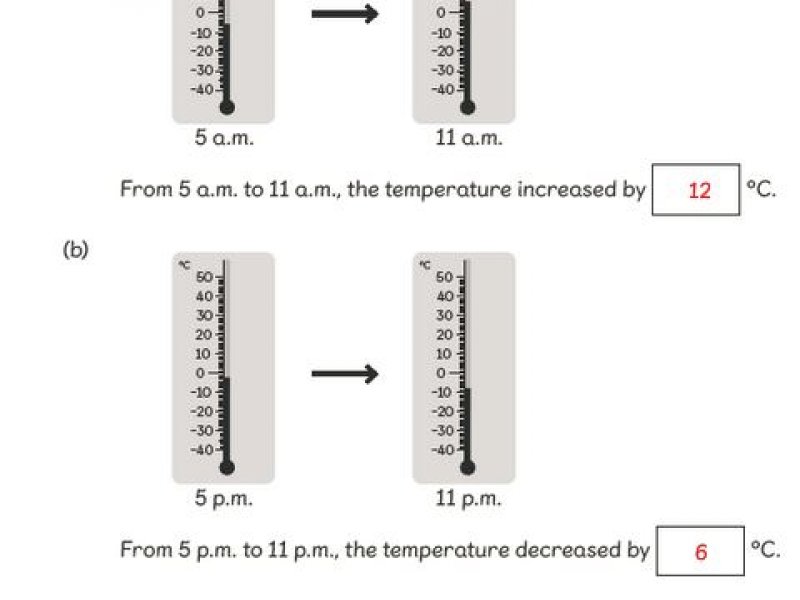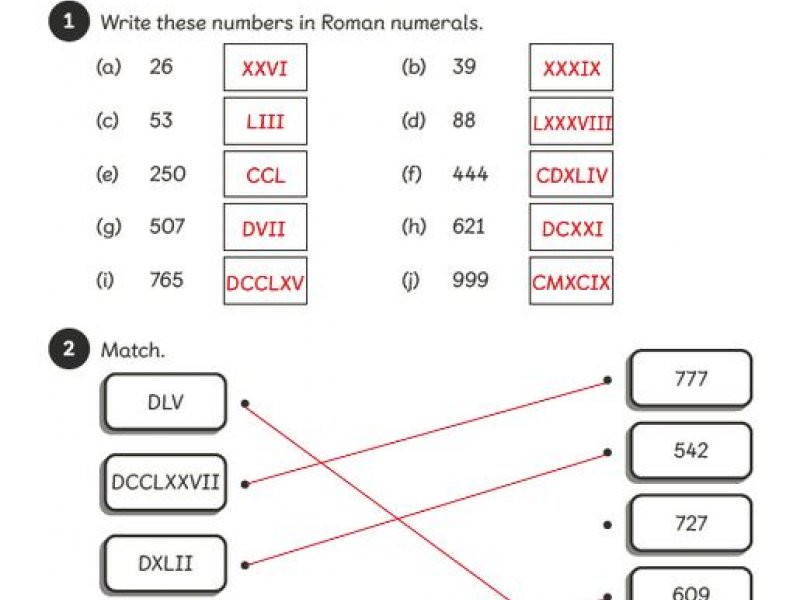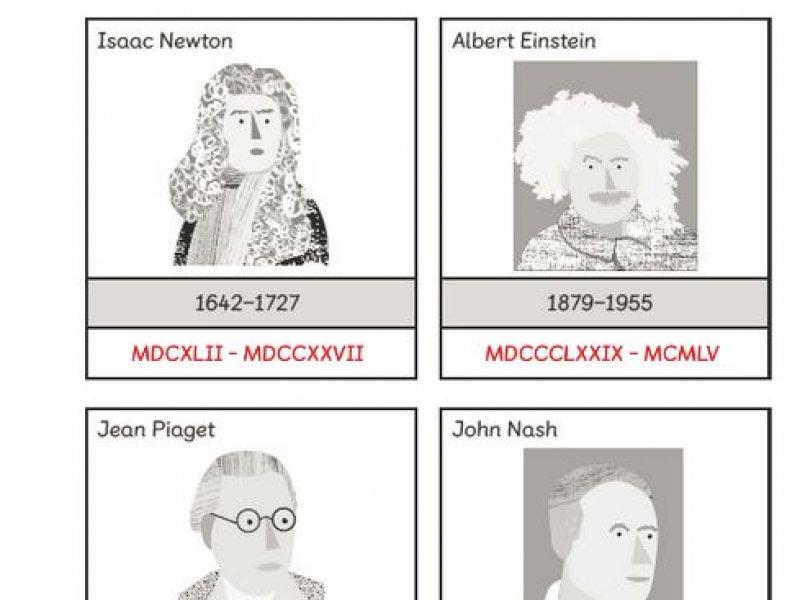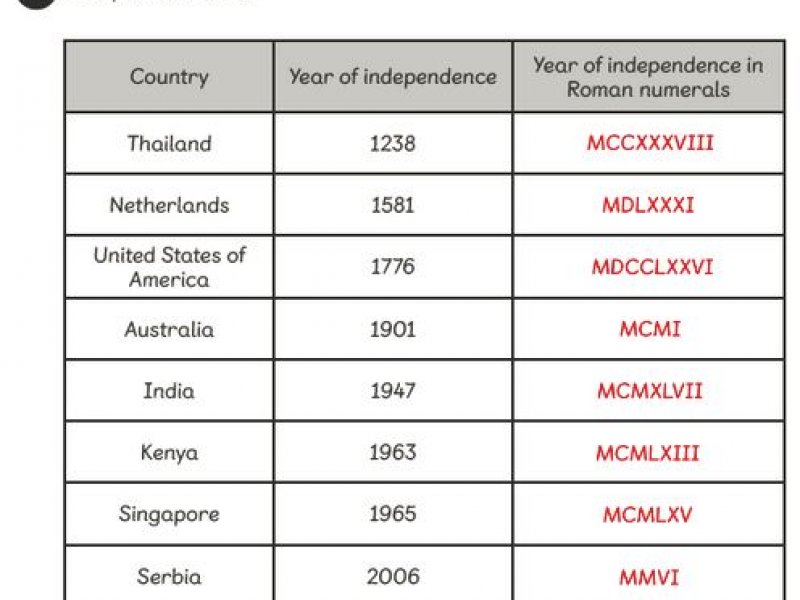Good morning everybody, here are your tasks for today:
Maths
Mental Arithmetic: Rounding to the nearest 10, 100 or 1000.
Today we will use our knowledge to practice rounding to 10, 100 and 1000. It’s time to visit our favourite game website, Wordwall! Follow this link to a Wordwall rounding flip tiles Game. You need to choose each tile in turn, read the question and answer it to yourself, then swipe the tile to reveal the answer. Good luck and let me know how you get on!
Maths No problem: Chapter 14 – Roman Numerals
We have completed our measurements chapter, well done everyone, there were some tricky lessons in there and you have all done amazingly well 🙂
With the few days we have left this week, we will complete a short 2 lesson chapter on Roman Numerals. It’s bit of a difference but an interesting topic we all love to work on!
Lesson 1: Writing Roman Numerals to 1000.
In Focus: Ask your child when they have seen Roman numerals before in everyday life and if they can write down 1, 2, 3; 10, 20, 30; and 100, 200, 300 in Roman numerals.
Let’s Learn: Lead them to see that for these numbers you just have to repeat the 1, 10 or 100 symbols as many times as needed, e.g. 3 = III because 3 is 3 × 1.
Discuss how to write 4 you need to write 1 less than 5. What is the numeral for 5? How would we write 1 less? (The 1 symbol goes before the 5 to show it is less.) So if 40 is 10 less than 50, what would the numeral be? If 400 is 100 less than 500, what would the numeral be? What would 600, 700 and 800 be? My friend says you combine 500 + 100, 500 + 200 and 500 + 300 to find the numeral. What does he mean? What would the numerals look like? Dicuss how for 900, 90 and 9 we have to do something similar to when we established how to write 400, 40 and 4. How would we write 100 less than 1000?
Why do they think people stopped using Roman numerals. Ask them to find out what 848 is in Roman numerals and they will understand why they stopped being used. What is 848 in Roman numerals? Is it an efficient way to write down numbers? What is the problem?
Guided Practice: During Guided Practice, your child is writing numbers as Roman numerals and Roman numerals as numbers.
Workbook: Please complete worksheet 1, pages 181
English
Reading: Well done to those of you who are reading widely and completing quizzes, keep reading for at least 20 minutes a day and regularly complete quizzes for the books you have read.
If you have a Lexia account, please log on and complete at least 15 minutes a day.
It is so important to continue and keep up with your reading Year 5, please try to read either to yourself or to another member of your household every day.
Writing:
Today I would like you to plan your own story related to The Rocketeer we looked at yesterday. I would like you to plan the next adventure in the Rocketeer’s Rescue missions! You could change the setting, the baddies, the victim who needs rescuing, the circumstances….the canvas is blank and up to you Year 5!
Today, you can note in bullet points, or box up your ideas, or write a storymap, to plan your own Rocketeer adventure. How will it begin? Who will it involve? Where does it take place? Does anybody get hurt? Are the police involved? How does The Rocketeer rescue the victim? Is he involved in a fight or any other climatic events? How is the situation resolved?
It is a good idea to note down some key words and phrases you may want to use in your story, like we do when innovating in class, to help you plan and focus on the tone of your story.
Topic – History
This week we are going to think a little more about local famous landmarks in and around Weymouth and what it may have been like to be at these landmarks at key events in time.
Please have a look through the photographs below and read the captions attached to them.
Your task this week is to choose one and write a diary entry as if you were one of the people spectating in the photograph. You could include in your diary entry information on what you did that day, where you went, who with, what you were wearing, the weather, what you saw, how it felt, what you think may happen next and anything else you think a person of that time may recount in a personal diary.
I know how creative you all are Year 5 and how engaged you are in this project and I am really excited to see your diary entries and your empathy for local people in the past!
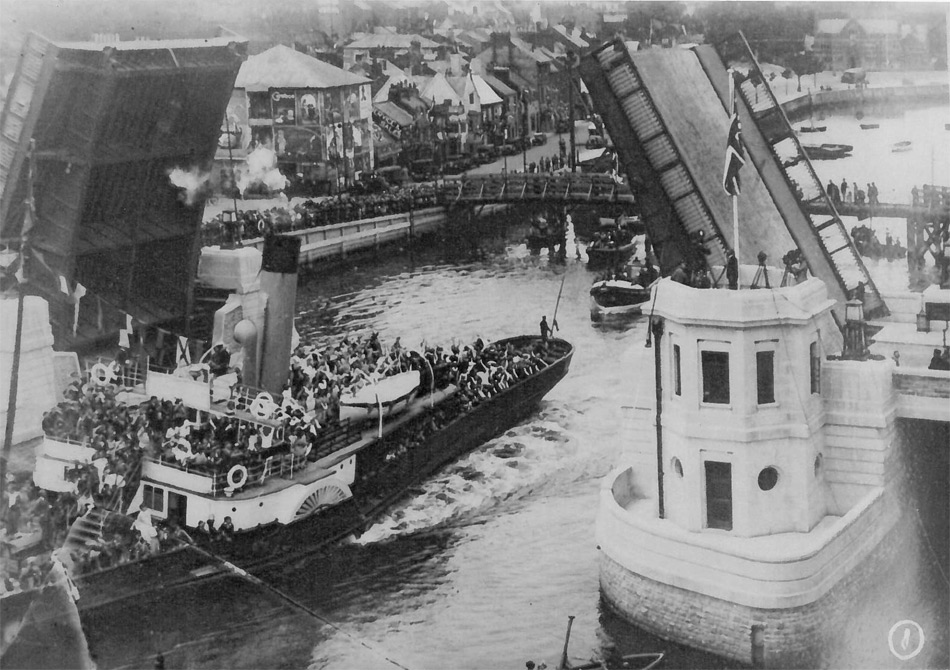
The Town Bridge as we know it today was opened in 1930 by the Duke of York, later to become King George VI. It joined the two rival townships of Melcombe Regis and Weymouth and enabled traffic, commerce and residents to move freely between the two.
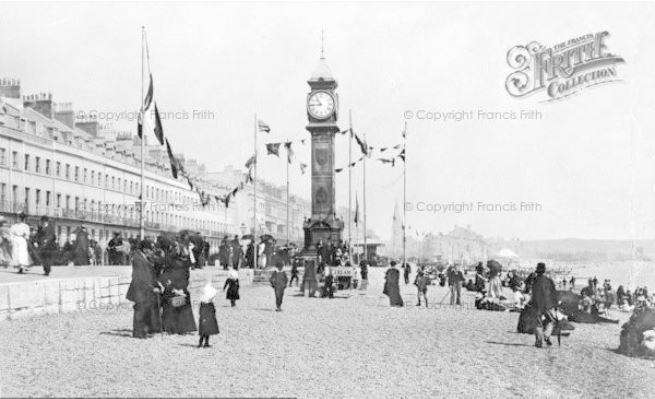
Weymouth’s Jubilee Clock was built in 1888 to commemorate Queen Victoria’s Golden Jubilee, 50 years of reign as Queen of England. This photo shows the clock in 1889 on a typical summer day, not unlike modern times!
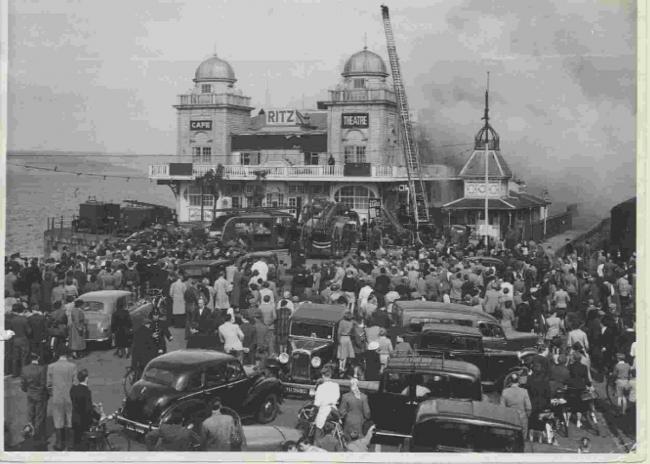
On the afternoon of the 13th of April 1954 disaster struck Weymouth Pavilion with the building catching fire during refurbishment. The wooden, Edwardian theatre took little more than an hour to burn despite the efforts of ten fire pumps from around the county. Practically the whole of Weymouth turned out to watch the Pavilion burn down.
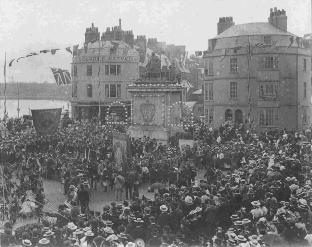
As a tribute to King George III, the Kings Statue was unveiled in 1809, 50 years after his ascension to the throne. This photo shows the celebrations of Queen Victoria’s Diamond Jubilee, 60 years on the throne, by the King’s Statue in 1897.
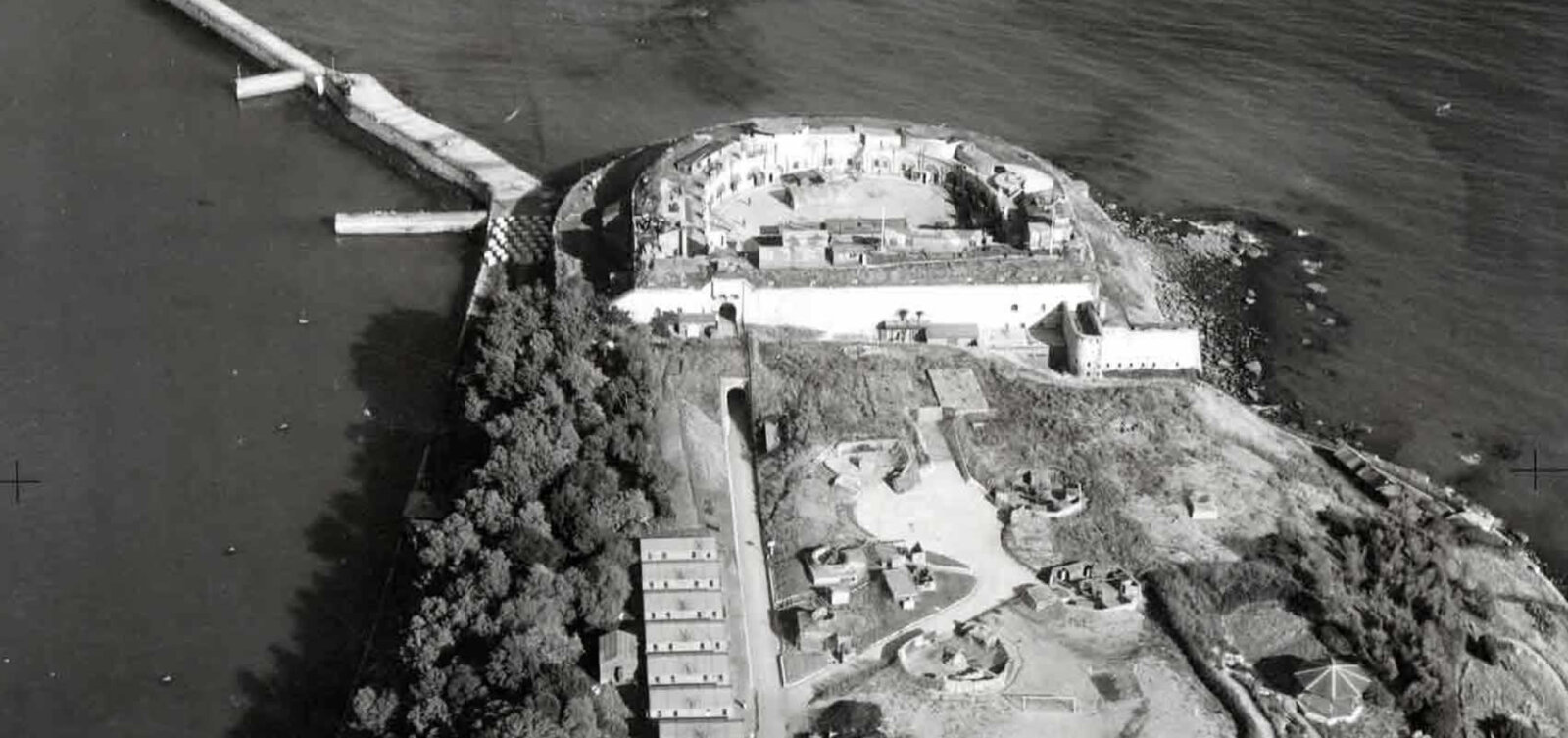
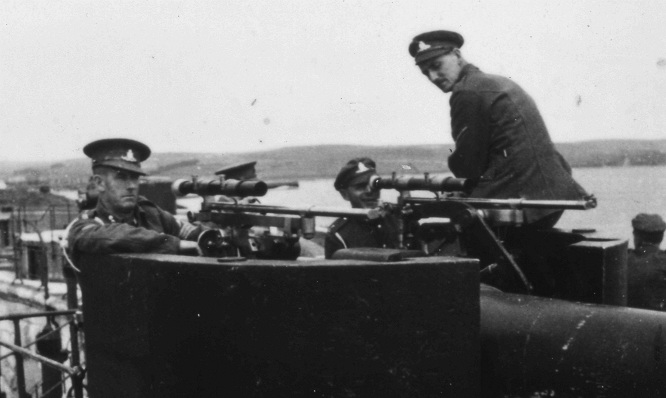
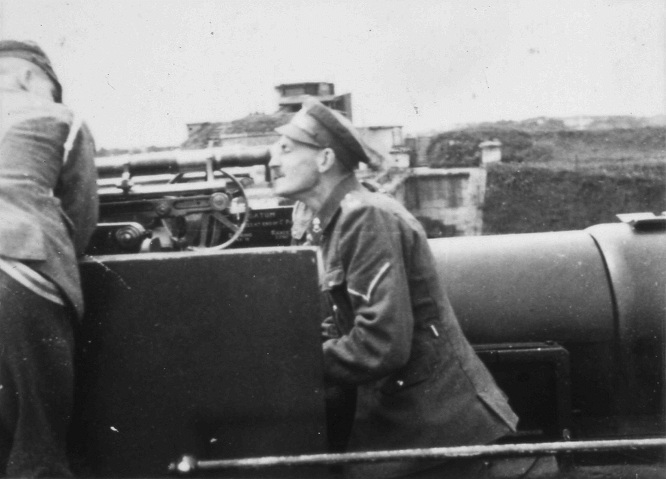
Weymouth Nothe Fort was built between 1860-1872 to protect the Naval Harbour at Portland. It saw it’s most military action during World War 2 when anti-aircraft guns were used to defend Weymouth and Portland. Here you can see the anti-aircraft gunners manning the guns.





